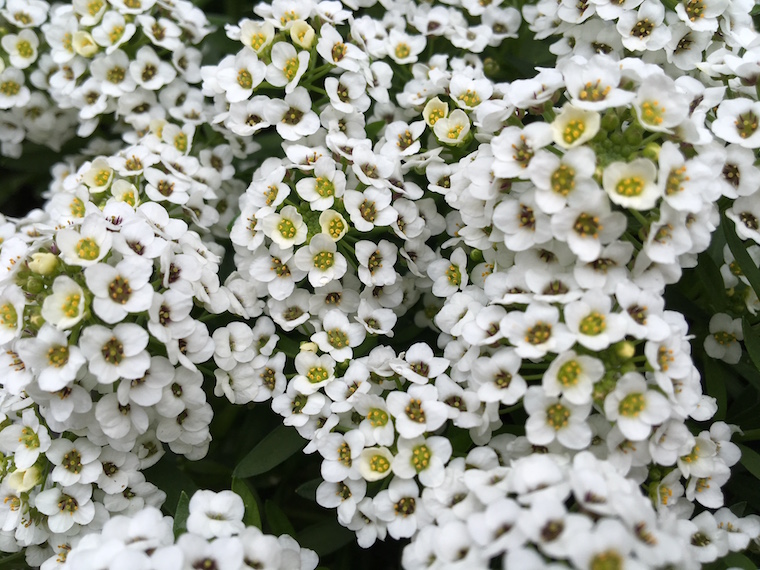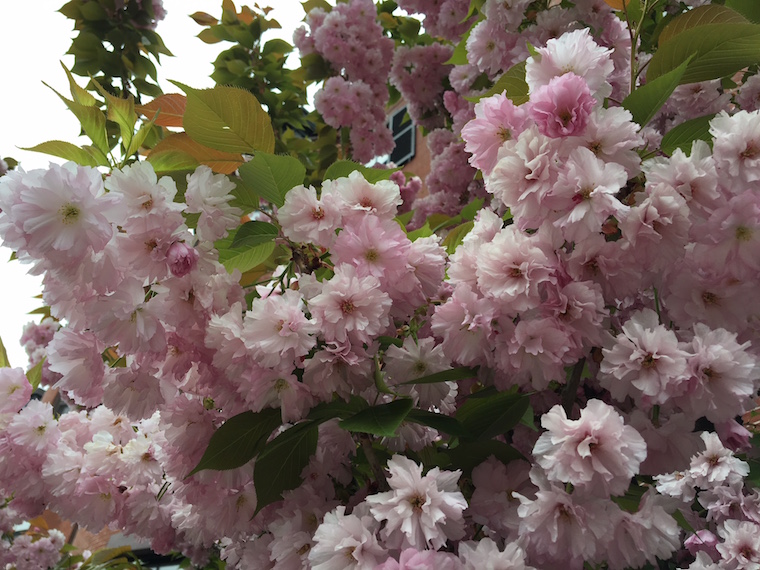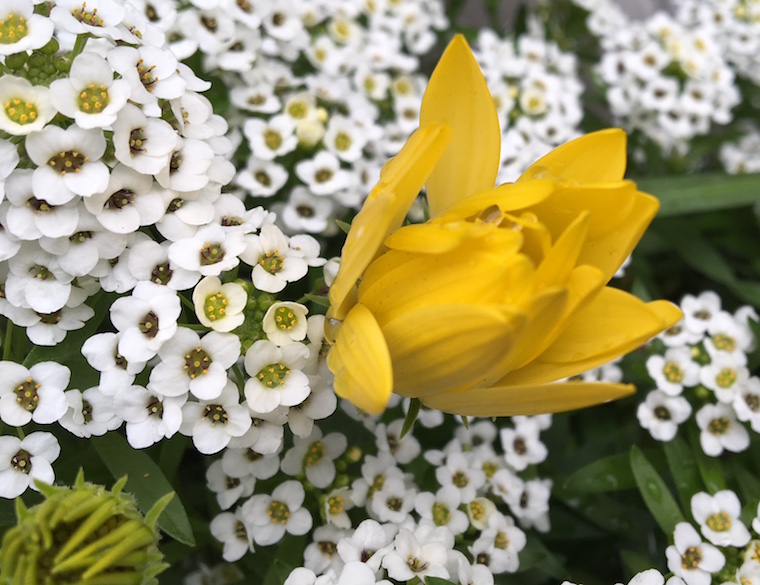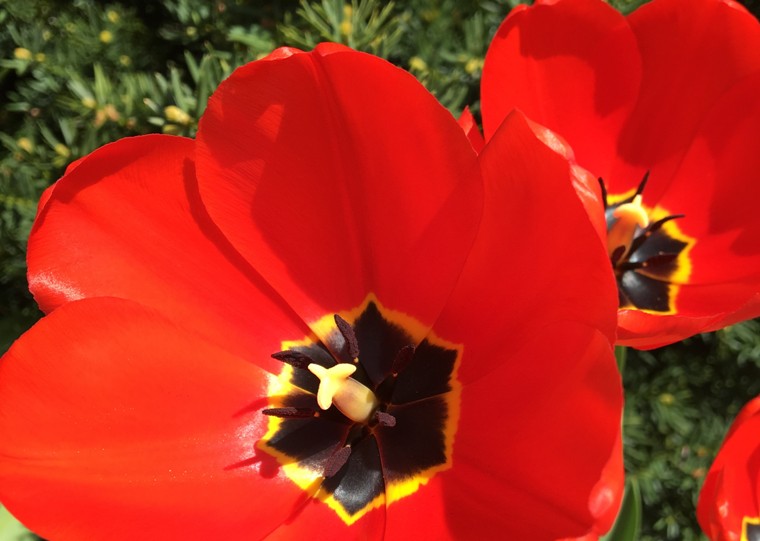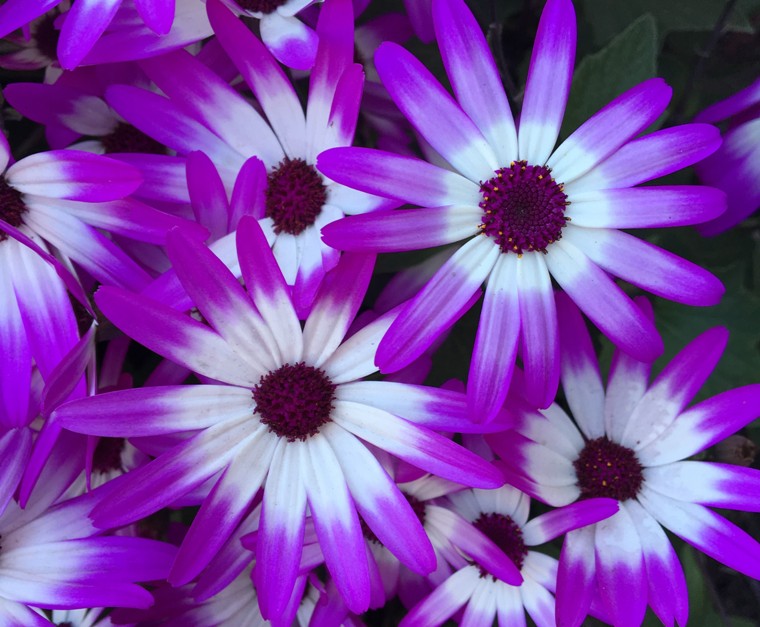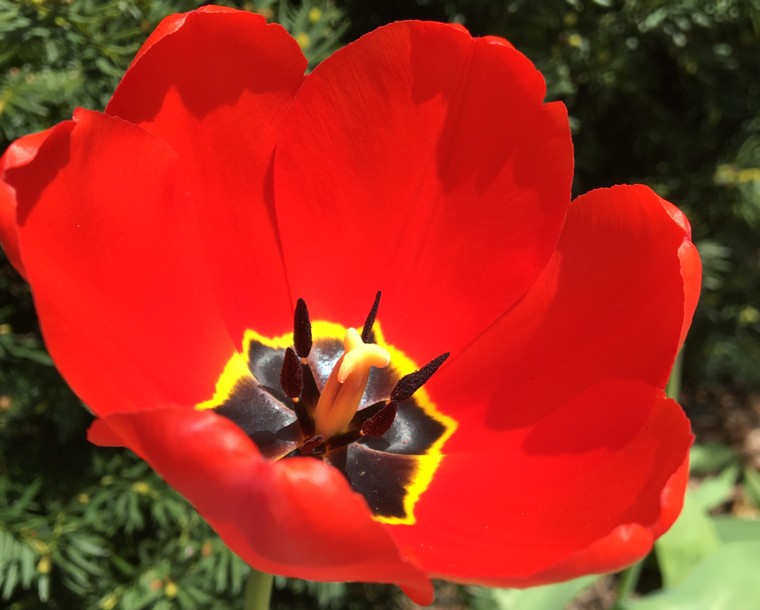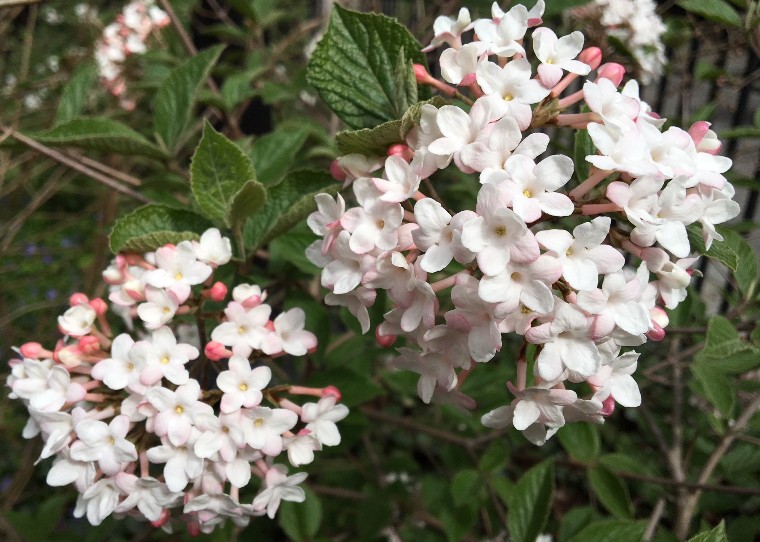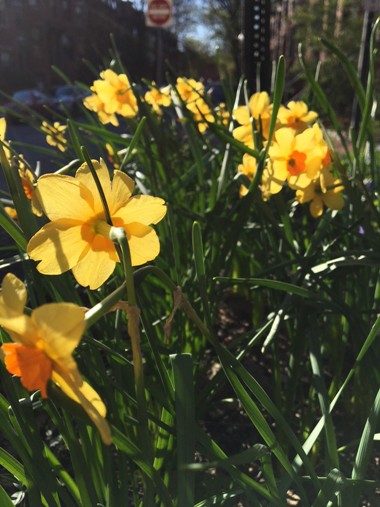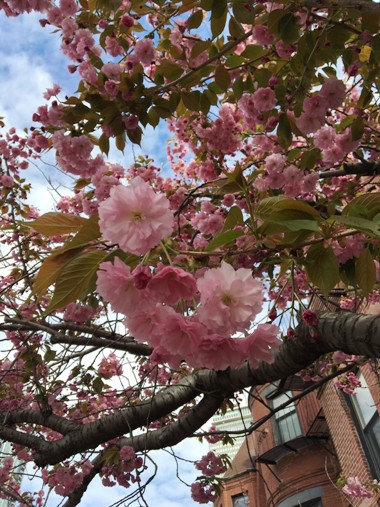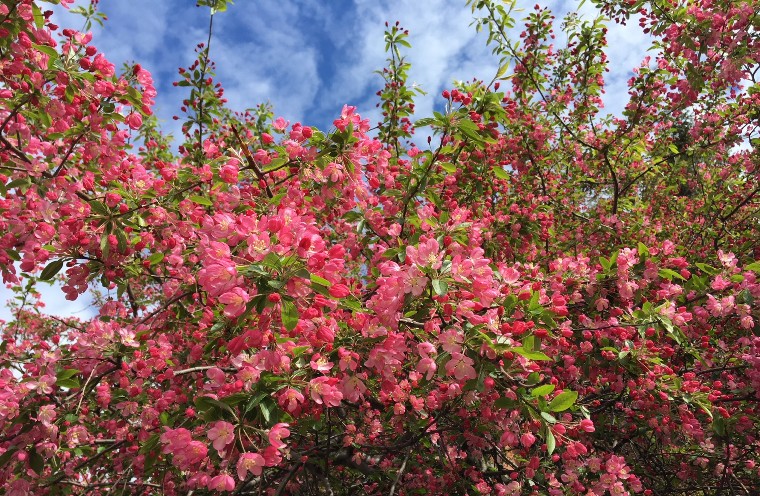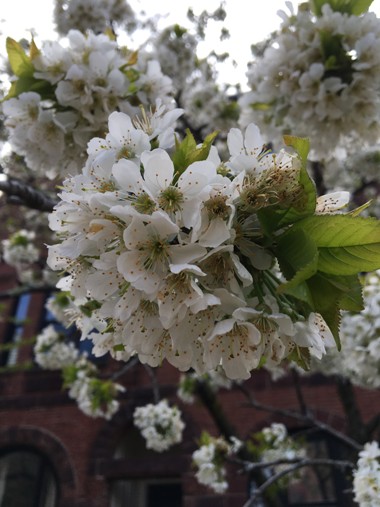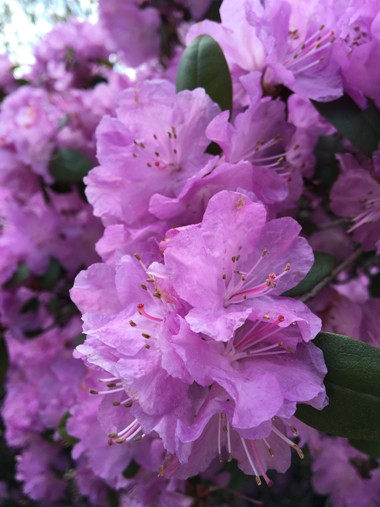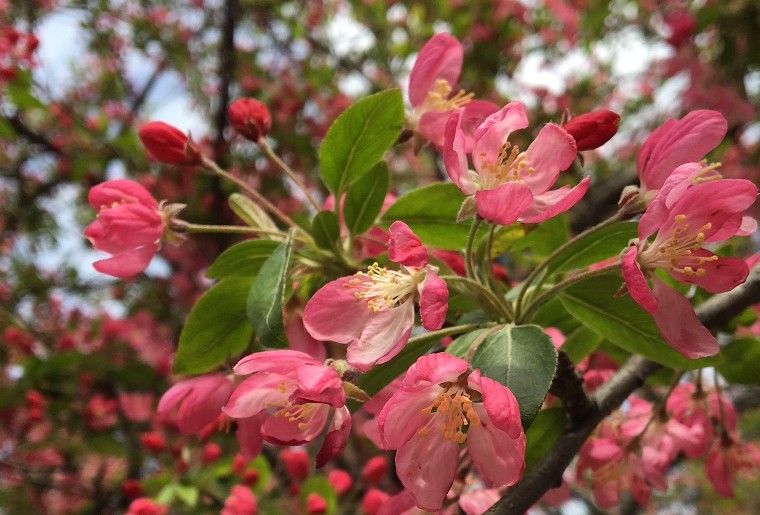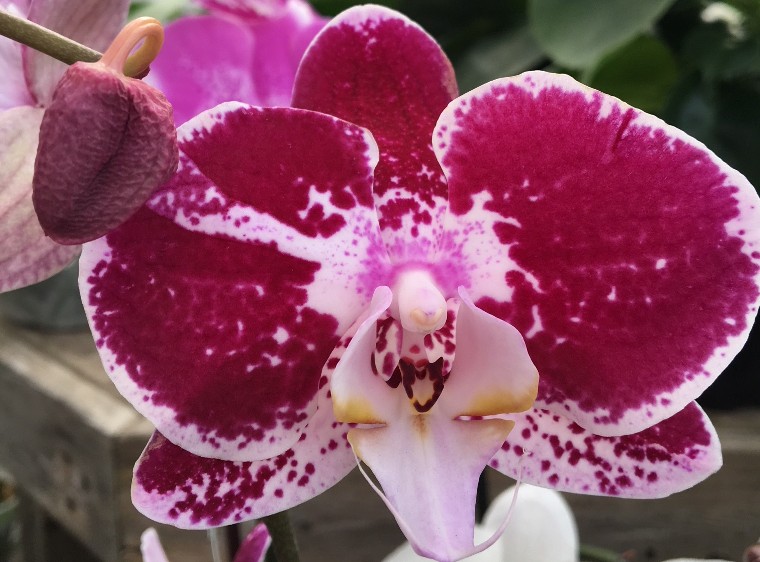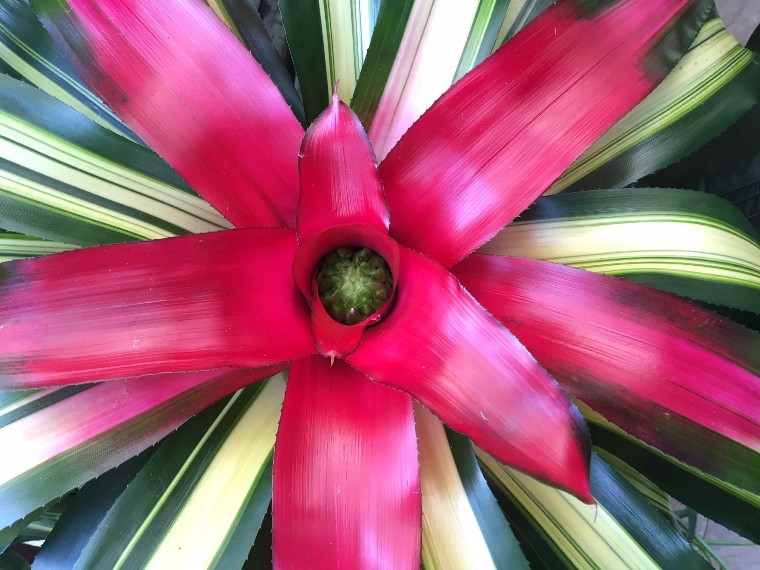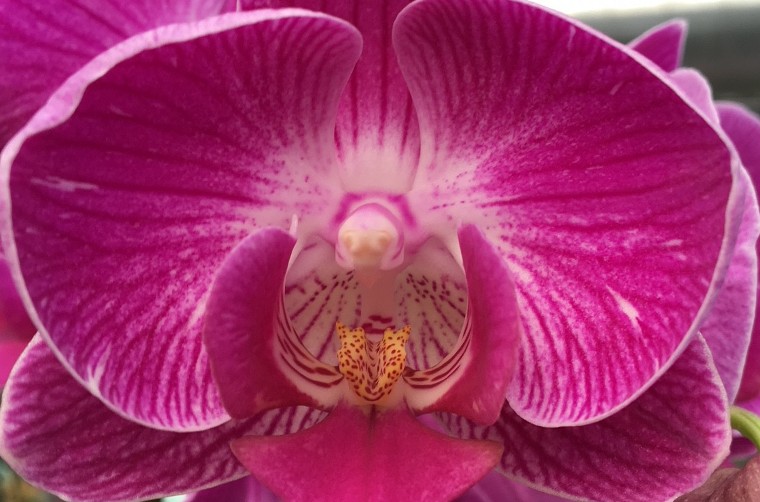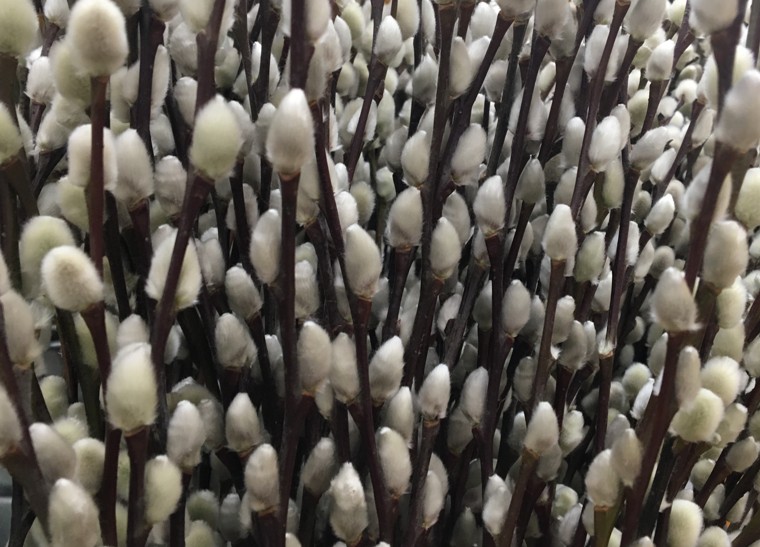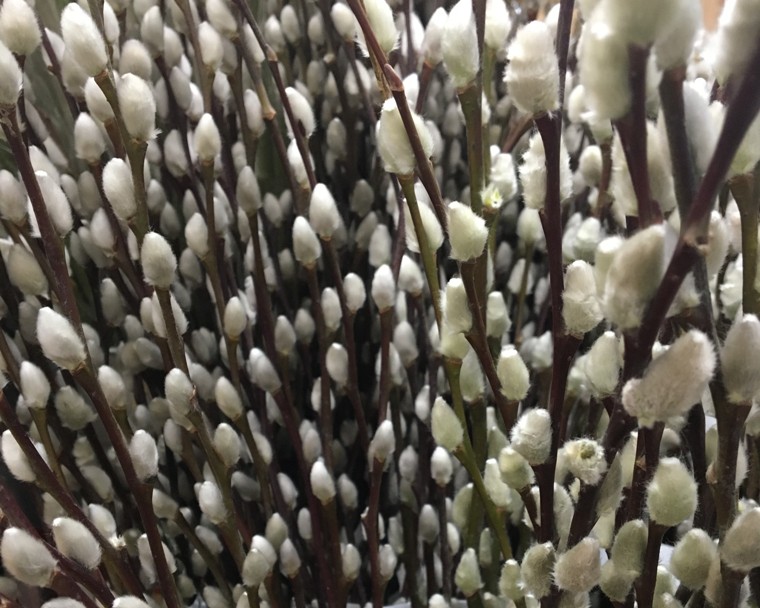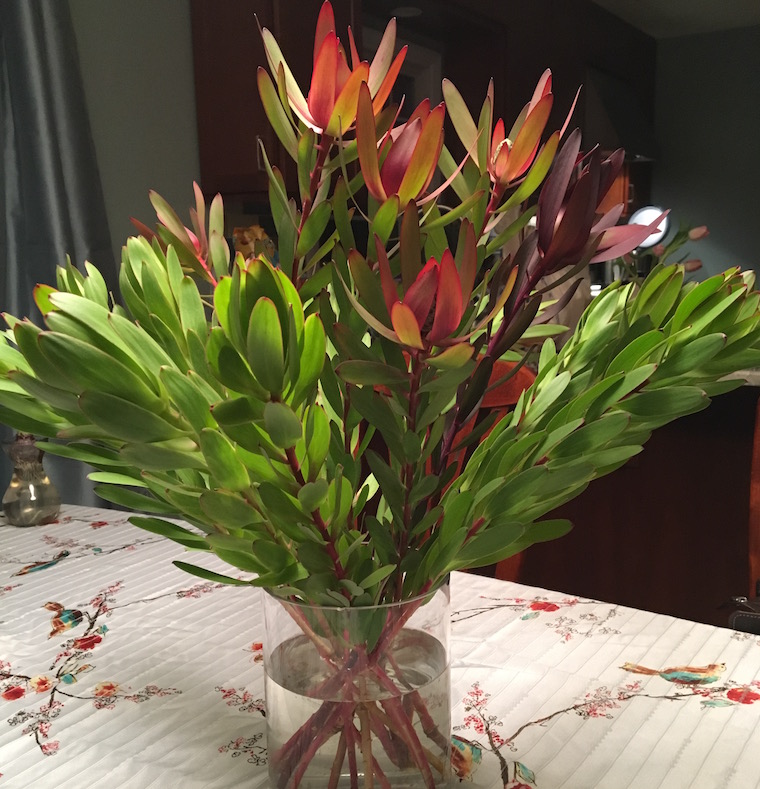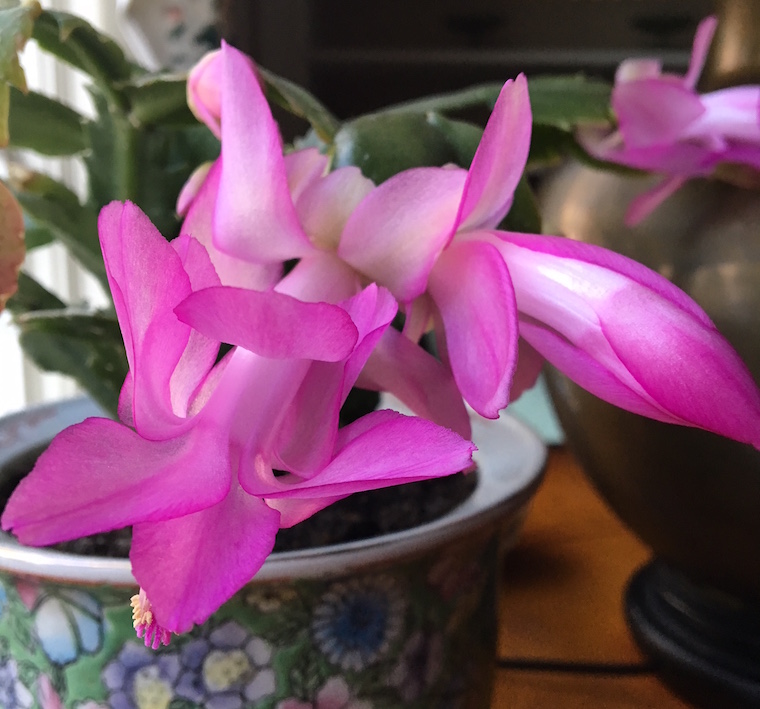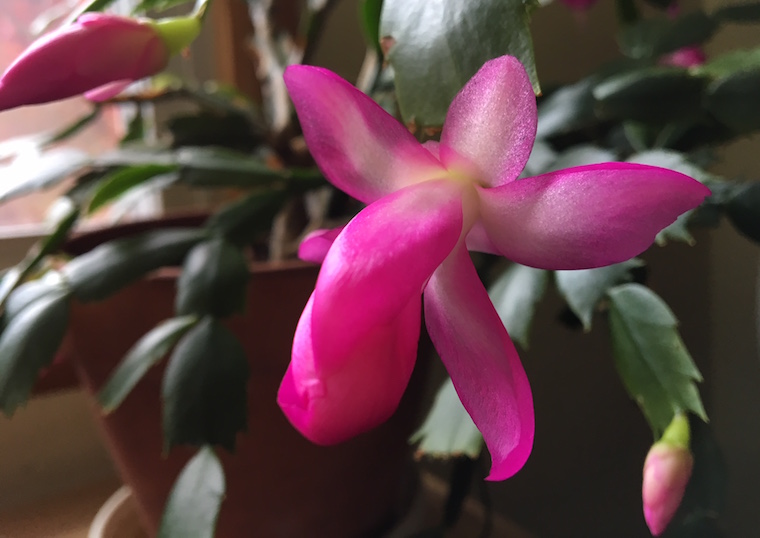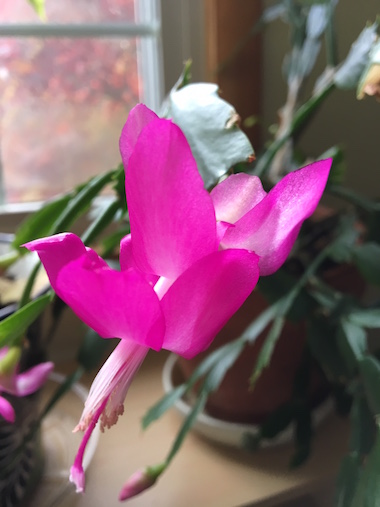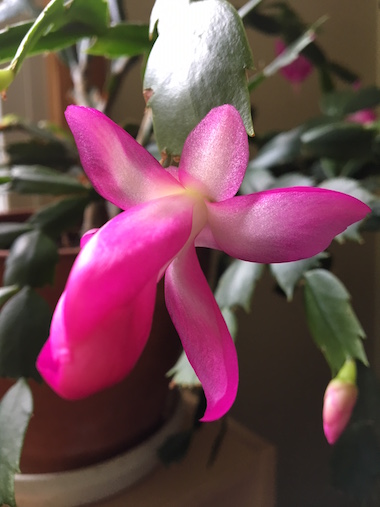In the practice of flower arranging, I find it best to be flexible. It is necessary to accept imperfections and unexpected changes, to go with the flow of where a bouquet wants to take you, rather than trying to tame an impossibly-wayward branch. There are people who will prune and clip and snip and cut to make a flower arrangement bend to their wish and whim; that’s never been my preferred method of putting nature on display.
A wonderful example of how cut flowers don’t always stay where they’re put is the tulip. From the end of the leaves, to the wildly curving stems, a tulip has a mind of its own, and shortly after being places just so in a bouquet, they will bend and twist based on light and shadow and their own internal machinations. I love them for it.
When bought in bud, you can put them into a strict structural arrangement, but after a day or two they will undulate and turn, shifting their petals and leaves and stems into a form that can best be described as yearning. For freedom, for sunlight, for beauty – only they know their motivation. It’s quite beautiful once you accept their refusal to stay committed to any single form or place.
In the “arrangements” you see here (if you can consider a bloom or two a proper arrangement), the tulips are just beginning their journey. They will soon curve their spines, lift their leaves, open their petals, and otherwise shift their shape throughout their life in a vase, and it will be an ever-changing display that irks those who demand compliance and delights those of us who embrace defiance.





